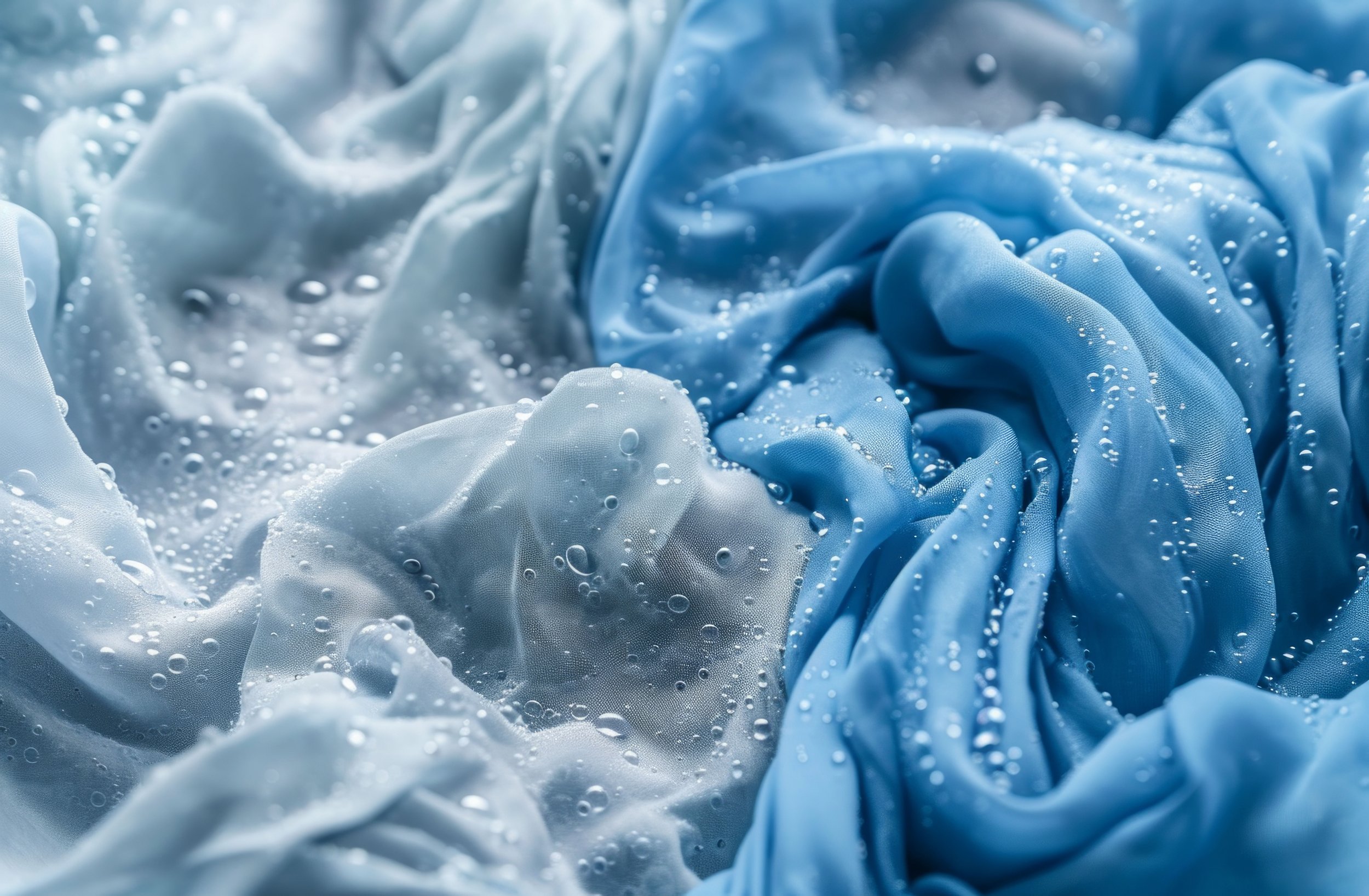Garment Care Guide
Small changes in how you care for your clothes can significantly reduce their environmental impact – while saving you money.
Why Does it Matter?
Every time we wash, dry, or store our clothes, we make choices that affect longevity, waste, and the planet. With 500,000 tonnes of textiles ending up in Canadian landfills each year, keeping clothes in use longer is one of the simplest ways to reduce fashion’s footprint.
By adopting better care habits, you can: extend the life of your clothes, reduce microplastic pollution from synthetic fabrics, lower energy and water use, save money by replacing items less often.
How to Read Care Labels
-

Indicates that your item can be washed in a domestic or commercial washing machine.
-

Indicates that your item should not be machine washed.
-

Indicates the maximum temperature that the garment can be washed in:
1 dot =30°C, 2 dots=40°C, etc.
-

Another way of indicating the maximum temperature that the garment can be washed in.
-

Indicates which washing setting to use:
No bar = normal, 1 bar = permanent press, 2 bars = delicate/gentle
-

Indicates your item can be washed by hand or in a delicate/gentle cycle.
-

Indicates your item can be wrung.
-

Indicates that you should not wring your item.
-

Indicates that your item can be tumble dried at any temperature.
-

Indicates the temperature of heat that can be used. 1 dot=low heat.
-

Indicates the temperature of heat that can be used. 2 dot=medium heat.
-

Indicates that the item should not be tumble dried. Hang your item instead.
-

Indicates that your item can be ironed.
-

Indicates the temperature of heat that can be applied:
1 dot=low, 2 dots=medium, etc.
-

Indicates that you can steam your item.
-

Indicates that you should not iron your item.
-

Indicates that you should not steam your item.
-

Indicates that your item can be dry cleaned.
-

Indicates that your item can not be dry cleaned.
A few more helpful tips:
Washing clothes in cold water saves 90% of energy compared to using hot water.
Hand washing is better suited for delicate fabrics, but it’s also a great way to reduce your water usage, especially if you’re only washing one or two items.
Hanging your clothes to dry can reduce the average household’s carbon footprint by 2,400 pounds a year.
A common chemical used in dry cleaning is tetrachloroethylene (known as PERC) has been identified as a possible human carcinogen. The dry cleaning process also creates hazardous waste that pollutes soil and water.

Your Guide to Stain Removal
-
Rinse with cold water, apply liquid detergent, gently rub, then rinse. For stubborn stains, soak in an enzyme-based detergent before washing.
-
Apply liquid dish soap directly to the stain, gently work it in, let sit for a few minutes, then rinse with warm water.
-
Place a paper towel under the stain, apply rubbing alcohol using a cotton ball, blot until the ink transfers to the towel, then rinse and launder.
-
Blot excess wine, sprinkle salt over the stain to absorb moisture, rinse with cold water, then apply a dish soap + hydrogen peroxide mixture. Let sit briefly before rinsing and washing.
-
Pre-treat with liquid detergent or a baking soda + water paste, gently scrub, let sit for a few minutes, then rinse and launder.
-
Blot excess liquid, rinse with cold water, apply liquid detergent, then wash as usual. For stubborn stains, soak in vinegar + water solution before washing.
-
Scrape off any excess chocolate, rinse with cold water, apply dish soap or liquid detergent, and let sit for 5 minutes before washing in warm water.
-
Place a paper towel over the stain and iron on low heat to lift the wax. Apply baking soda + dish soap paste and scrub gently before washing.
-
Scrape off excess sauce, rinse under cold running water, apply liquid detergent, let sit for 10 minutes, then wash as usual.
-
Apply a paste of baking soda + water, let sit for 30 minutes, then wash in cold water. For white shirts, try lemon juice + sun drying to brighten.
NOTE: In all of these cases, you still need to put the garment into the washing machine after getting to the stain.
